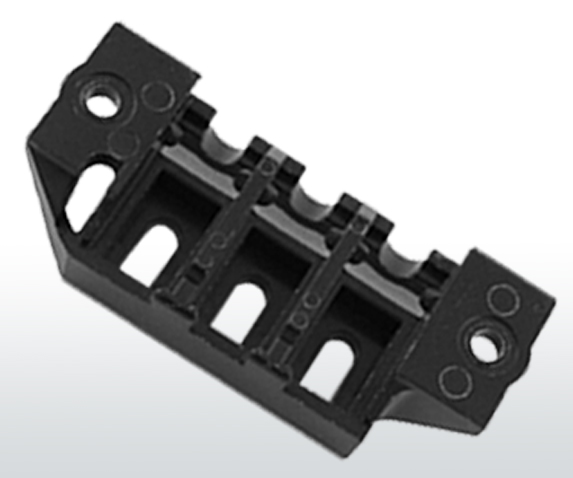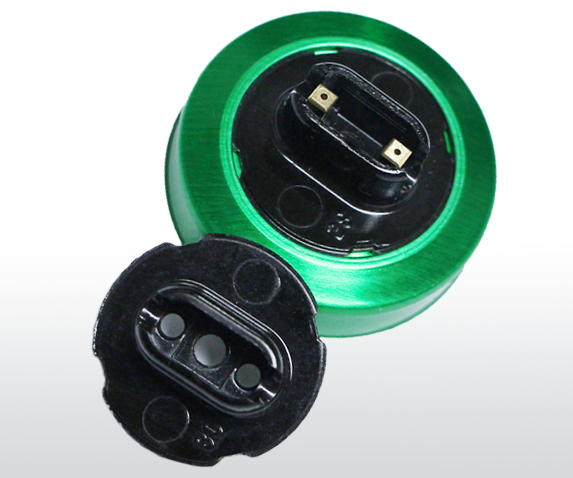Injection Molding Thermosets
Thermoset plastics have been widely used in manufacturing for parts requiring protection against high operating temperatures and electrical currents. From the old bakelite materials to new age composite formulations used in advanced automotive, aerospace, and electrical markets, thermosets are a material of choice for challenging applications. When determining the correct molding material to use on a component or product assembly, engineers and molders must also take into consideration the best molding process to use for their application. Thermosets can be injection, compression, injection-compression hybrid, and transfer molded; with each process providing certain advantages and disadvantages.
Why Injection Mold Thermosets?
The single biggest advantage of injection molding thermosets compared to compression molding is the increase in production throughput. High volume programs requiring long or continuous production runs benefit from the faster cycle times thermoset injection molding provides over compression molding. The increase in throughput allows molders to produce more parts in a given day or hour, saving machine time and costs to pass on to the end product and allowing further capacity on a machine for other jobs to run. Industries that rely on thermoset injection molding for higher throughput include the automotive, electrical, and appliance markets; all of which can require millions of parts annually to meet production requirements.




